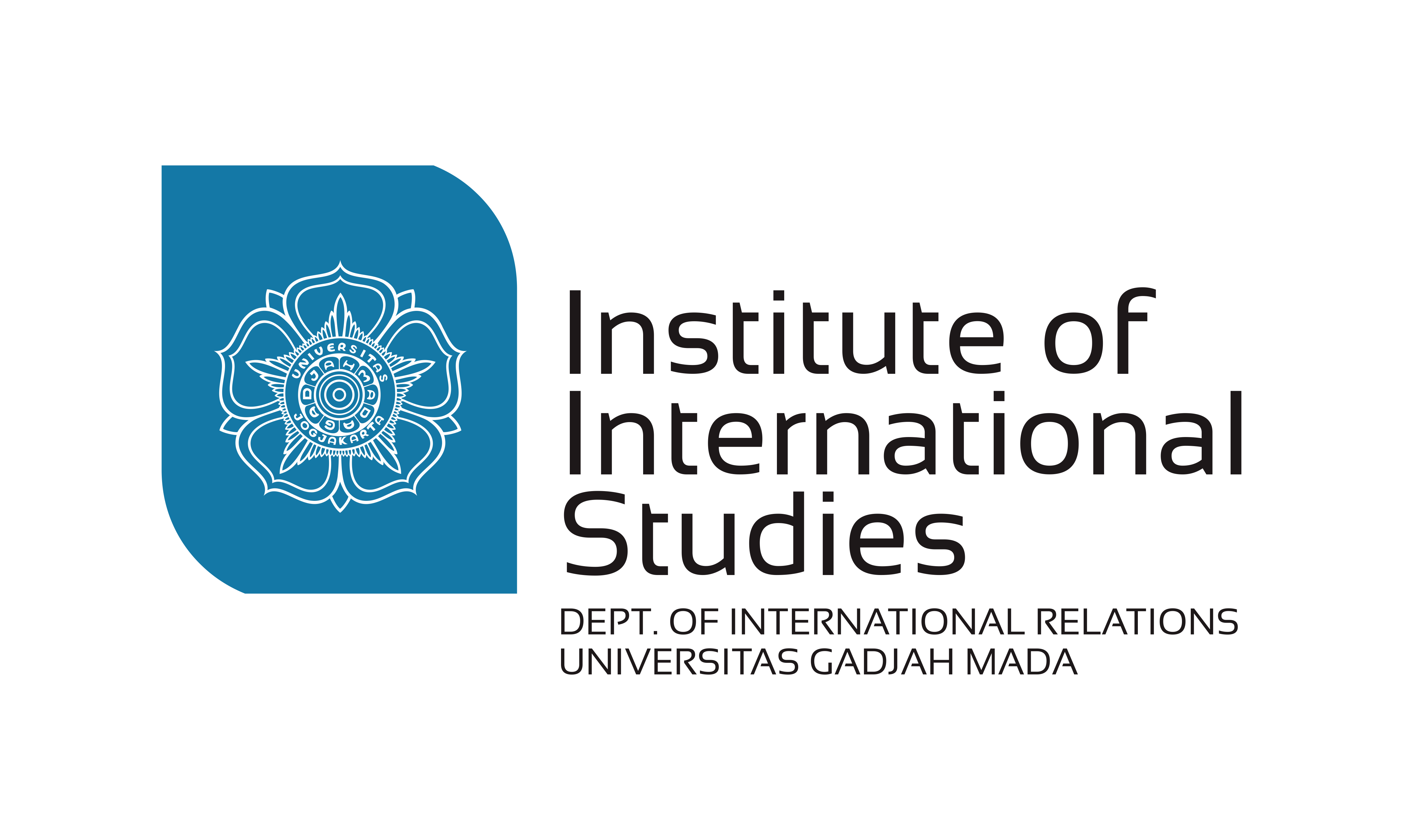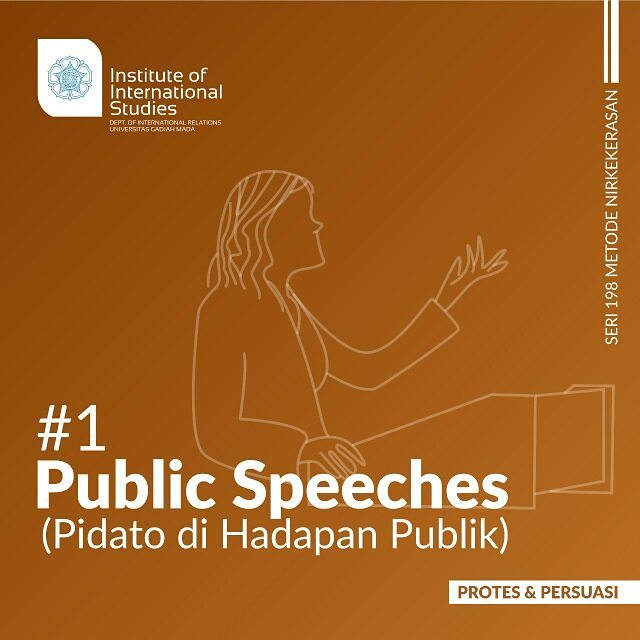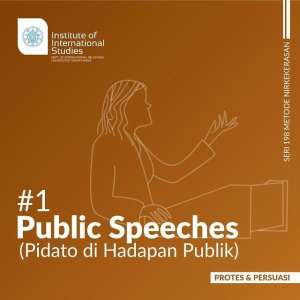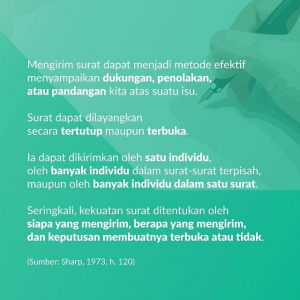Bencana yang diakibatkan oleh ledakan bom atom yang dijatuhkan di Hiroshima dan Nagasaki pada tanggal 6 dan 9 Agustus untuk menghentikan perang di Pasifik adalah sebuah tragedi besar dalam sejarah umat manusia. Korban jiwa, skala kerusakan serta dampak yang ditimbulkan oleh ledakan senjata nuklir tersebut seolah membangunkan masyarakat internasional dari mimpi buruk dan mendorong tekad untuk memusnahkan senjata tersebut. Seruan untuk menghapuskan sepenuhnya senjata nuklir serta untuk mendirikan sebuah badan untuk menangani senjata nuklir menjadi resolusi pertama yang dikeluarkan oleh Majelis Umum PBB setelah lembaga dunia tersebut didirikan.
Tetapi, tekad untuk menyelamatkan umat manusia dari kehancuran ternyata tidak cukup kuat untuk membebaskan dunia dari senjata nuklir. Terbukti, resolusi PBB untuk menghapuskan senjata nuklir tidak menghalangi negara-negara besar untuk mengembangkan senjata nuklir mereka. Tiga tahun setelah resolusi PBB dikeluarkan, Uni Soviet melakukan uji coba senjata nuklirnya di Semipalatinsk, Kazakhstan dan menjadi negara kedua yang memiliki senjata nuklir. Inggris menyusul Uni Soviet dengan melakukan uji coba senjata nuklir di Australia pada tahun 1952, diikuti oleh Perancis di Pasifik Selatan tahun 1960 dan Cina di Provinsi Sinkiang pada tahun 1962. Praktis kelima negara anggota tetap Dewan Keamanan PBB identik dengan negara-negara yang memiliki senjata nuklir.
Kekhawatiran akan munculnya persaingan dalam pengembangan senjata nuklir mendorong munculnya upaya-upaya untuk membatasi uji coba senjata nuklir seperti Perjanjian Antartika 1959 yang melarang uji coba nuklir maupun penimbunan limbah radioaktif di Antartika maupun Perjanjian Uji Coba Nuklir Parsial 1963 yang melarang uji coba nuklir di atmosfer, luar angkasa dan di bawah air. Sementara itu, berbagai protes terhadap pengembangan senjata nuklir mulai bermunculan. Di tengah-tengah meningkatnya persaingan Timur-Barat, sekelompok ilmuwan ternama yang dipelopori oleh Albert Einstein dan Bertrand Russell mengeluarkan manifesto yang mengingatkan akan bahaya perang nuklir dan mendesak semua negara untuk menyelesaikan perselisihan secara damai. Demonstrasi-demonstrasi menentang senjata nuklir juga berlangsung di berbagai negara. Pada tahun 1958 terbentuk Kampanye untuk Campaign for Nuclear Disarmament dengan simbol CND, yang sekarang dikenal sebagai simbol perdamaian.
Upaya internasional untuk mencegah penyebaran senjata nuklir dengan visi untuk akhirnya menghapuskannya muncul dalam bentuk Perjanjian Non Proliferasi Nuklir atau NPT (Treaty on the Nuclear Non-Proliferation) tahun 1968. Perjanjian ini ditopang oleh 3 pilar yakni non proliferasi, perlucutan senjata, dan penggunaan energi nuklir untuk tujuan-tujuan damai. Melalui NPT, negara-negara yang hingga tahun 1968 belum melakukan uji coba senjata nuklir, dilarang mengembangkan atau memiliki senjata nuklir, sementara kelima negara yang telah melakukannya, berhak memiliki senjata nuklir meski tetap harus menunjukkan itikad untuk menghapuskannya.
Sebagai sebuah rezim nuklir internasional, NPT relatif efektif untuk mencegah pengembangan atau kepemilikan senjata nuklir oleh lebih banyak negara, meskipun gagal menghalangi negara-negara tertentu seperti Israel, India, Pakistan dan Korea Utara. Sebagian negara-negara ini tidak menandatangani NPT. Disamping itu, negara-negara pemilik senjata nuklir juga tidak pernah menunjukkan komitmen atau itikad baiknya untuk secara bertahap mengurangi dan akhirnya menghapuskan senjata nuklir dari doktrin pertahanan mereka. Berbagai negosiasi perlucutan senjata yang dilakukan cenderung lebih dimaksudkan untuk menjamin keseimbangan kepemilikan senjata nuklir daripada mengurangi, apalagi menghapuskannya.
Konsekuensinya, sampai saat ini, hampir 15 ribu hulu ledak nuklir masih mengancam dan membayangi masa depan umat manusia, lebih dari 75 tahun sejak masyarakat internasional bertekad untuk menghapuskannya. Bahkan terdapat kecenderungan ancaman senjata nuklir semakin riil dan tidak lagi merupakan kemustahilan (lihat tulisan-tulisan berikutnya).
Diadopsinya Perjanjian Internasional Pelarangan Senjata Nuklir (Treaty on the Prohibition of Nuclear Weapons) yang dikenal dengan TPNW pada tahun 2017 menjadi harapan baru bagi umat manusia untuk hidup tanpa dibayangi ancaman senjata nuklir. TPNW bukan terminal terakhir dari upaya untuk mencapai dunia bebas dari senjata nuklir. Sebaliknya, TPNW merupakan awal dari perjalanan yang mungkin masih akan sangat panjang bagi terwujudnya dunia bebas senjata nuklir. Tetapi perjalanan harus dimulai. Bisa jadi, kita tidak akan menikmati dunia yang kita angankan itu, tetapi tidak berlebihan rasanya untuk berharap agar anak cucu kita yang akan hidup lebih damai bebas dari bayang-bayang ancaman senjata nuklir.
Referensi
Dowling, S. (2017). The monster atomic bomb that was too big to use. BBC News. https://www.bbc.com/future/article/20170816-the-monster-atomic-bomb-that-was-too-big-to-use
From misplaced emblem in London to iconic – the UN General Assembly across 70 years. (2016). United Nations. https://news.un.org/en/story/2016/01/519682-feature-misplaced-emblem-london-iconic-hall-un-general-assembly-across-70-years
People’s history of CND – demonstrators in Trafalgar Square in 1959. Campaign for Nuclear Disarmament. https://cnduk.org/peoples-history-of-cnd-demonstrators-in-trafalgar-square-1959/
SIPRI Yearbook 2021. (2021). Stockholm International Peace Research Institute. https://www.sipri.org/yearbook/2021
Writer : Muhadi Sugiono














